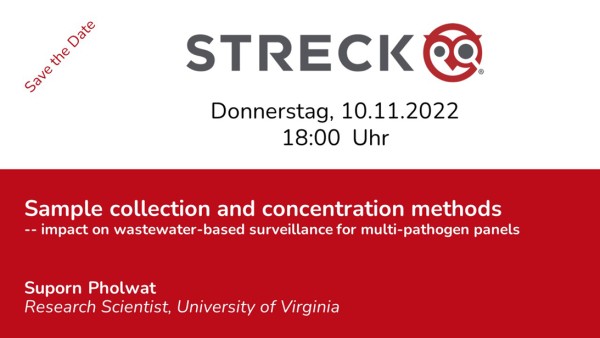Wastewater-based surveillance has gained wide recognition throughout the COVID-19 pandemic to monitor trends of SARS-CoV-2. While the current approaches focus on a single pathogen at a time, multi-pathogens surveillance is the future. Method to capture multi-pathogens in one go is not trivial. In our previous studies, we have found success recovering multi-pathogens from 6 liters of wastewater using the Bag Mediated Filtration System (BMFS) followed by skim milk flocculation. While this method performs well, it is costly and labor intensive. Therefore, we developed a new method using the Ceres Nanotrap® Microbiome A Particle, to capture pathogens from much smaller volumes of wastewater samples in Dhaka, Bangladesh. The Nanotrap particle method showed higher detection of SARS-CoV-2 (N1; 62.1%) than the BMFS method (38.2%). Additionally, the quality of the RNA from the Nanotrap particle method is more suitable for sequencing-based identification of SARS-CoV-2 variant of concern. However, the detection rate and recovery was higher using BMFS than Nanotrap particles for other pathogens, especially for enterovirus, norovirus, rotavirus, Shigella spp., and Salmonella Typhi. Working together with Ceres, we have also compared a new product, Nanotrap® Microbiome B Particles, to improve recovery of the other pathogens compared to BMFS. The combination of the two Nanotrap Particle types improved the detection of norovirus, Shigella spp., and Salmonella Typhi. However, the 6 liter BMFS method followed by skim milk flocculation still outperformed the results from the Nanotrap particle method for enterovirus and rotavirus. Overall, the Nanotrap process is more streamlined, requires significantly less wastewater, is less time-consuming, and is lower cost than BMFS. However, more research is needed to improve the ability to match the performance of BMFS for pathogens like enterovirus and rotavirus from wastewater.
Learning Objectives
- Review wastewater-based surveillance for multiple pathogens
- Recognize how different methodologies impact wastewater-based surveillance results
- Discuss the essential parameters to achieve wastewater-based surveillance success

